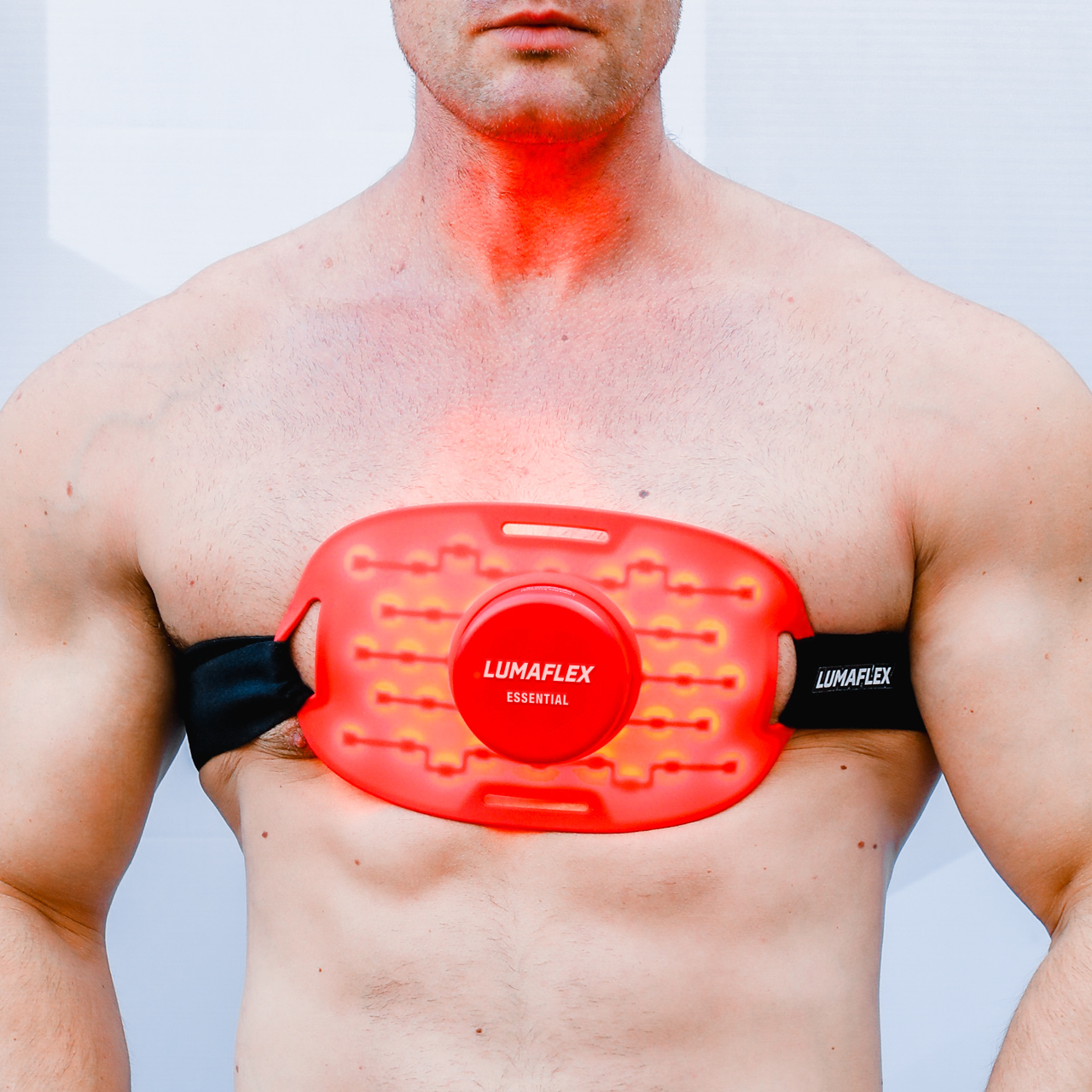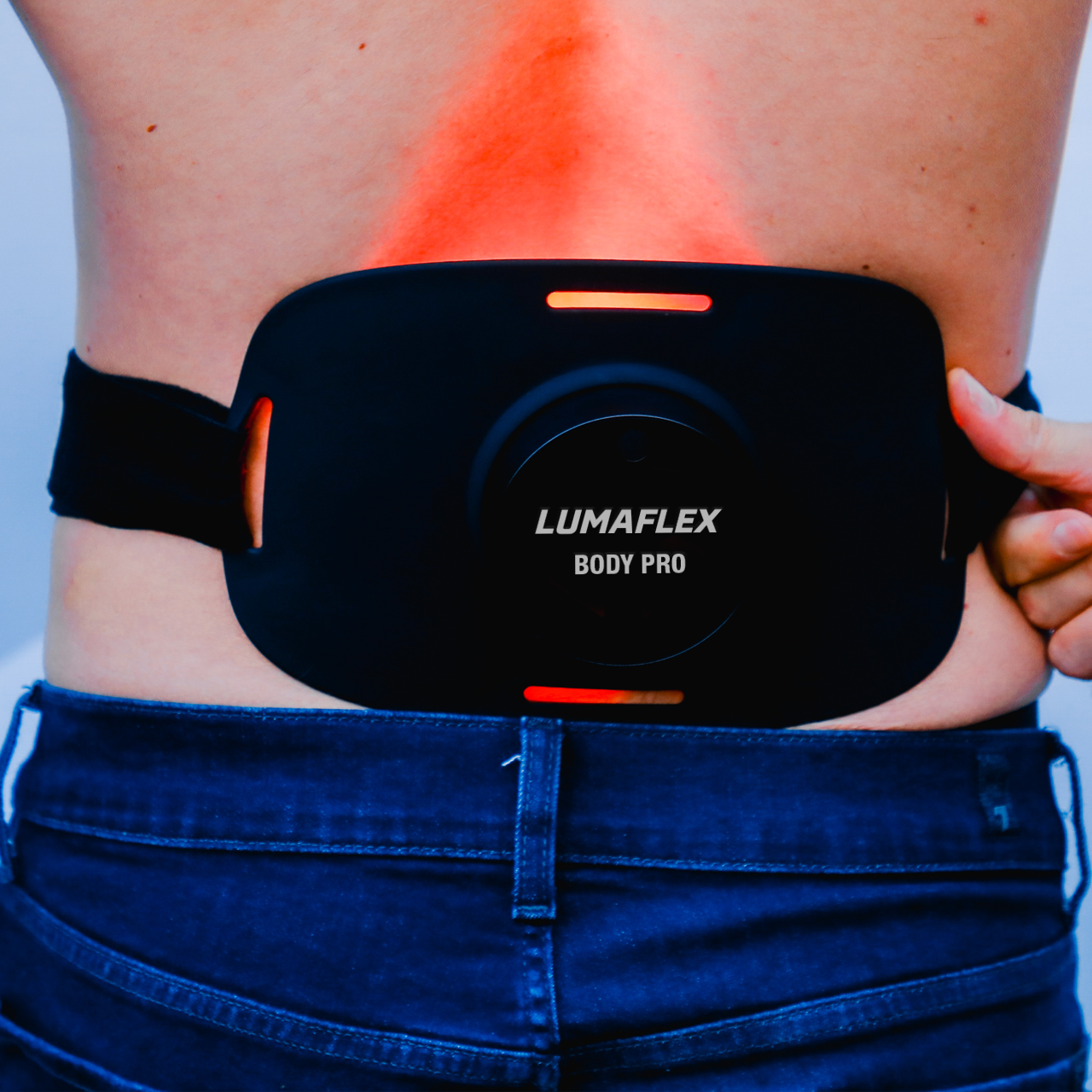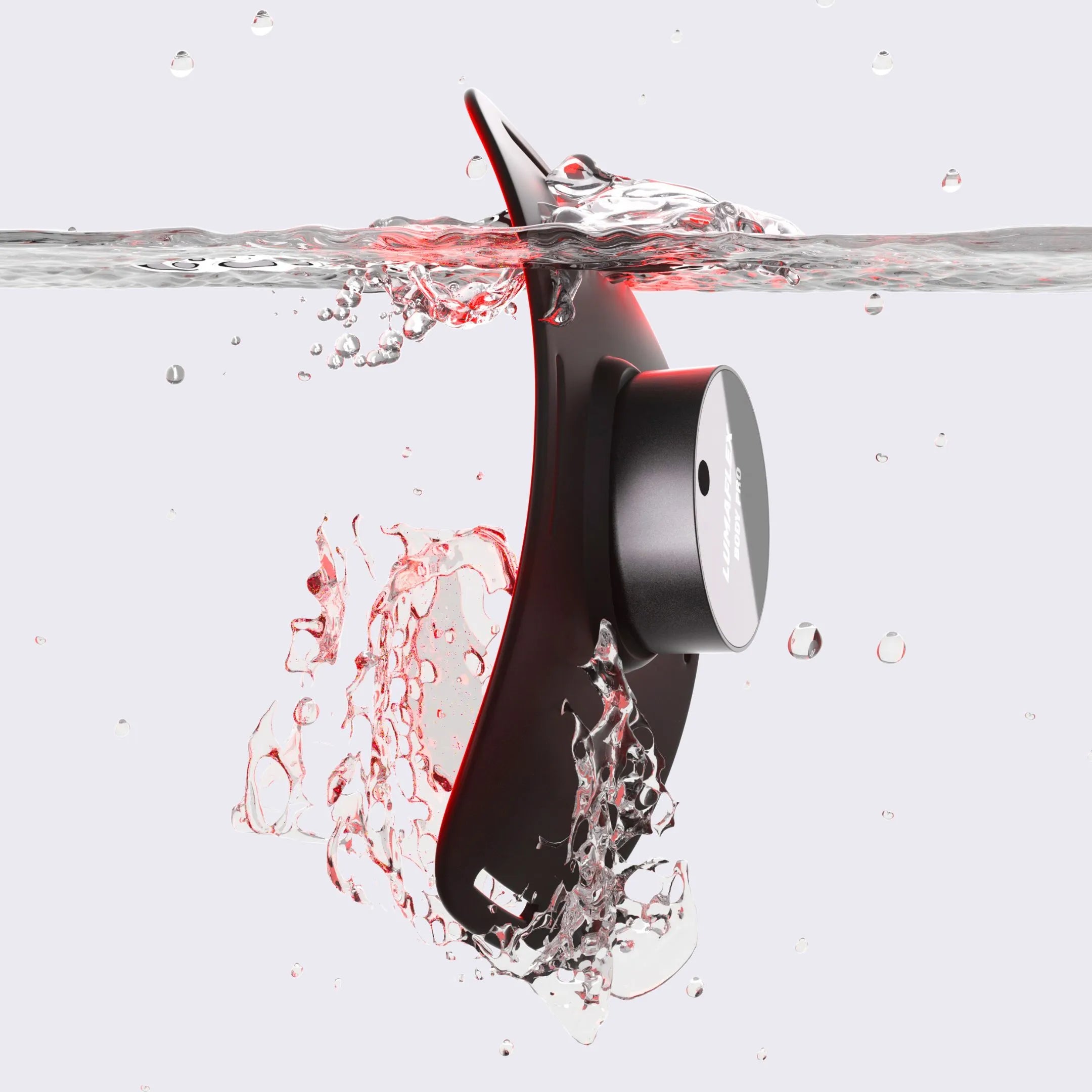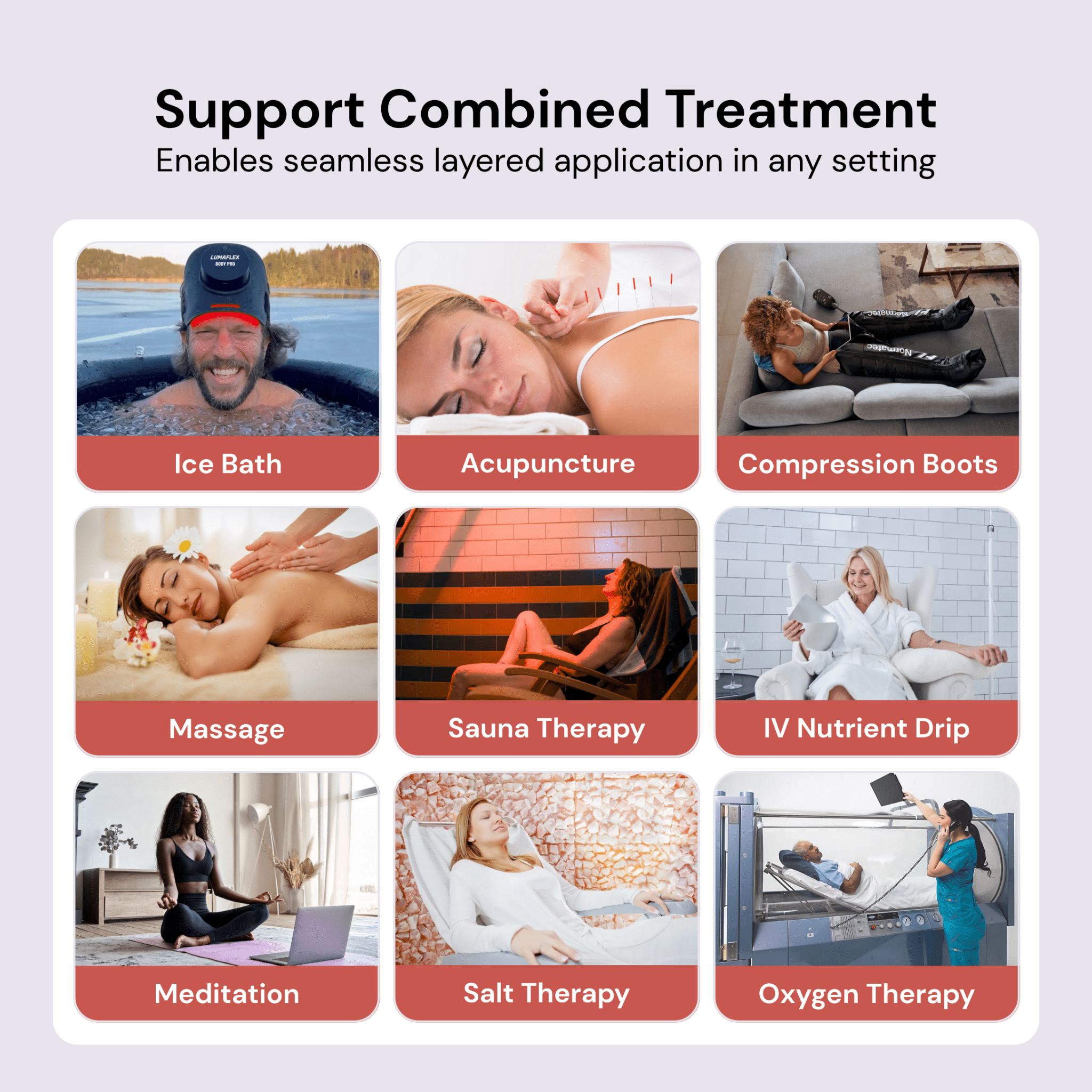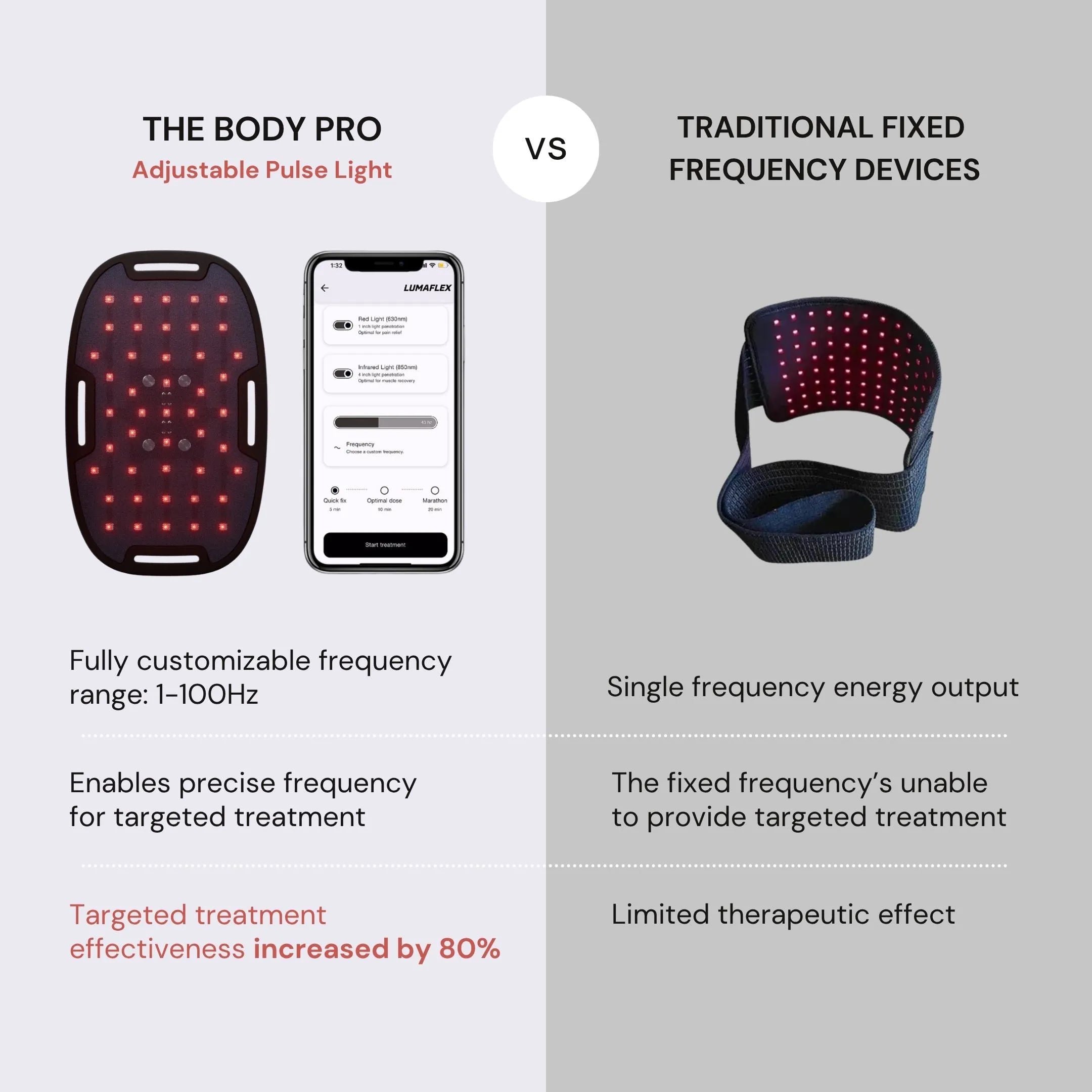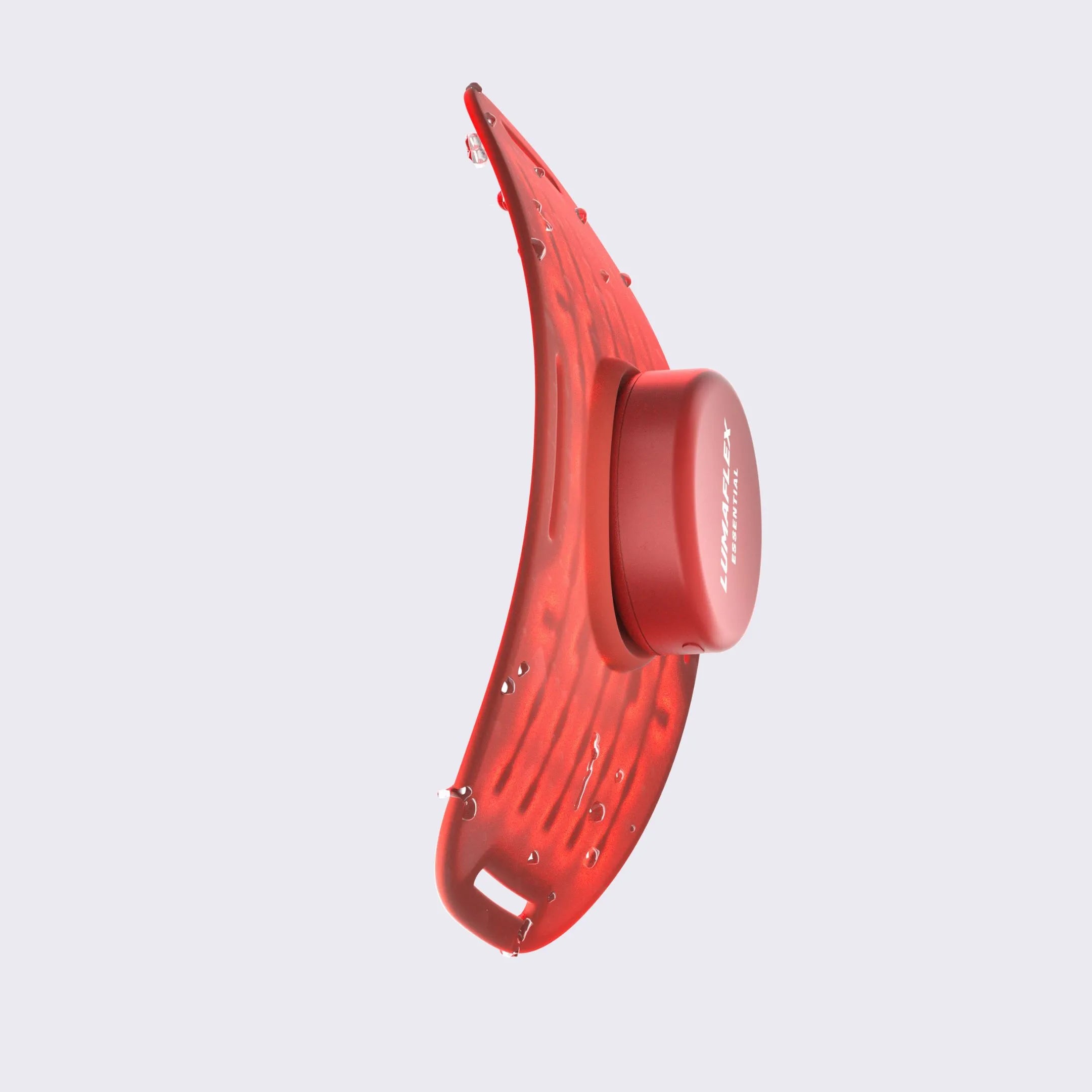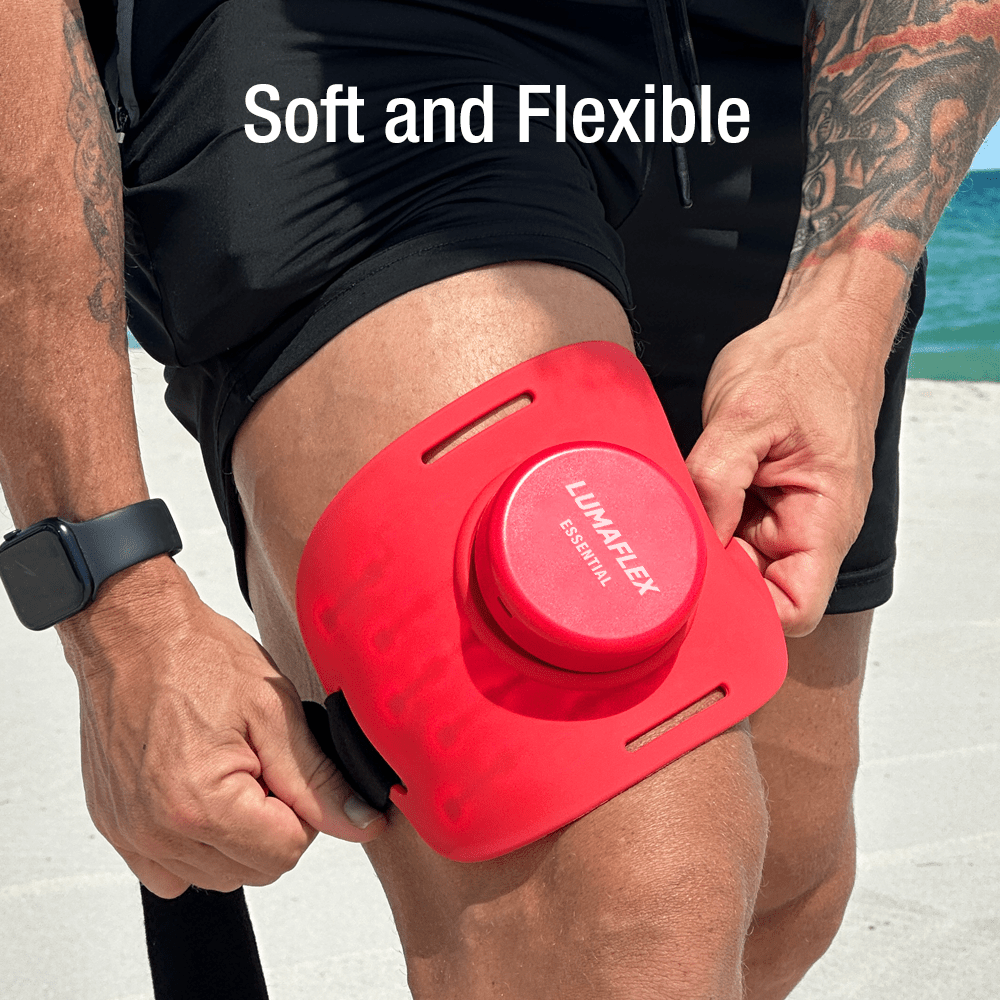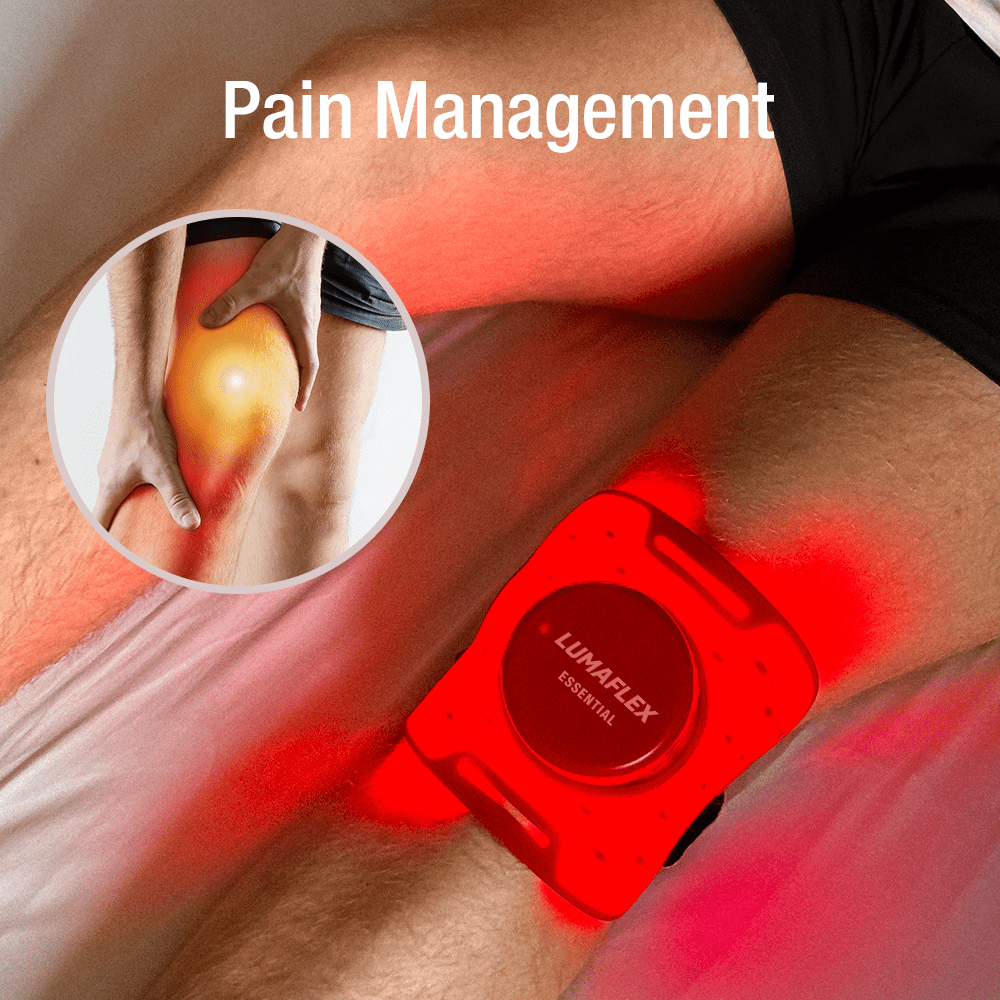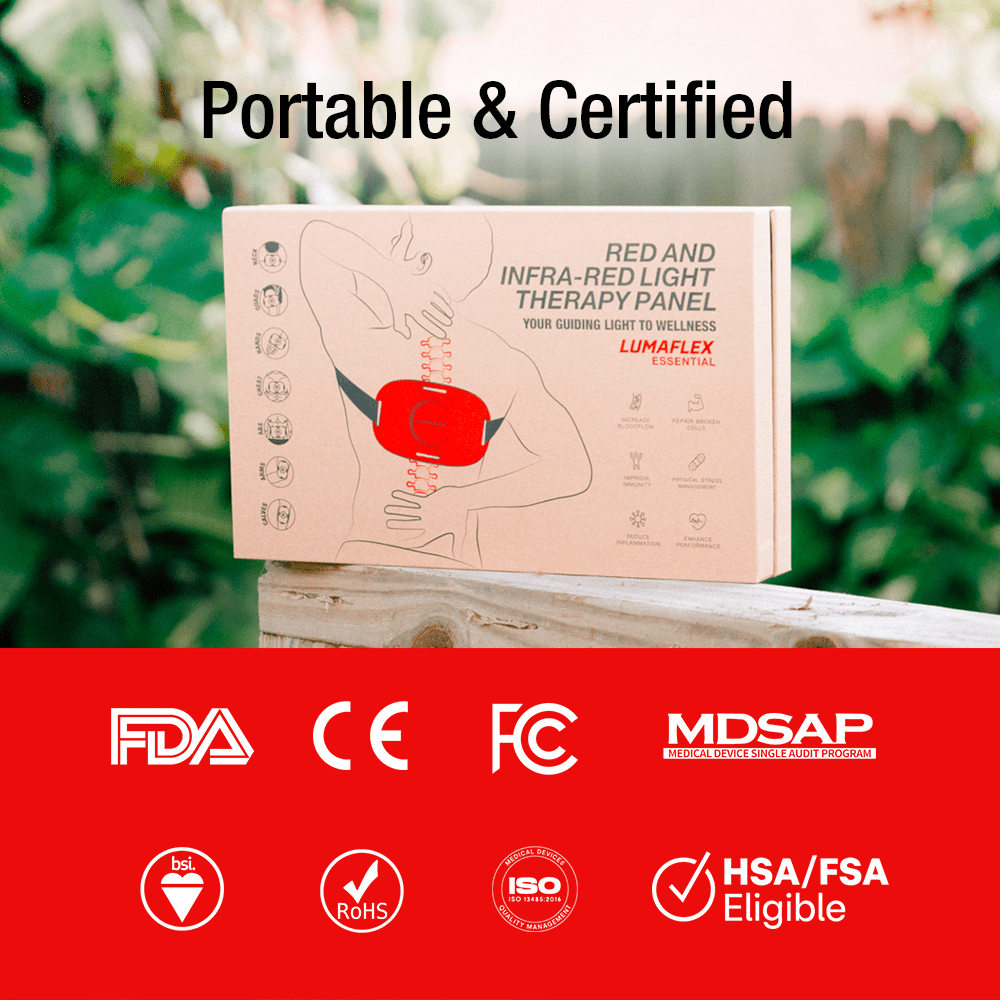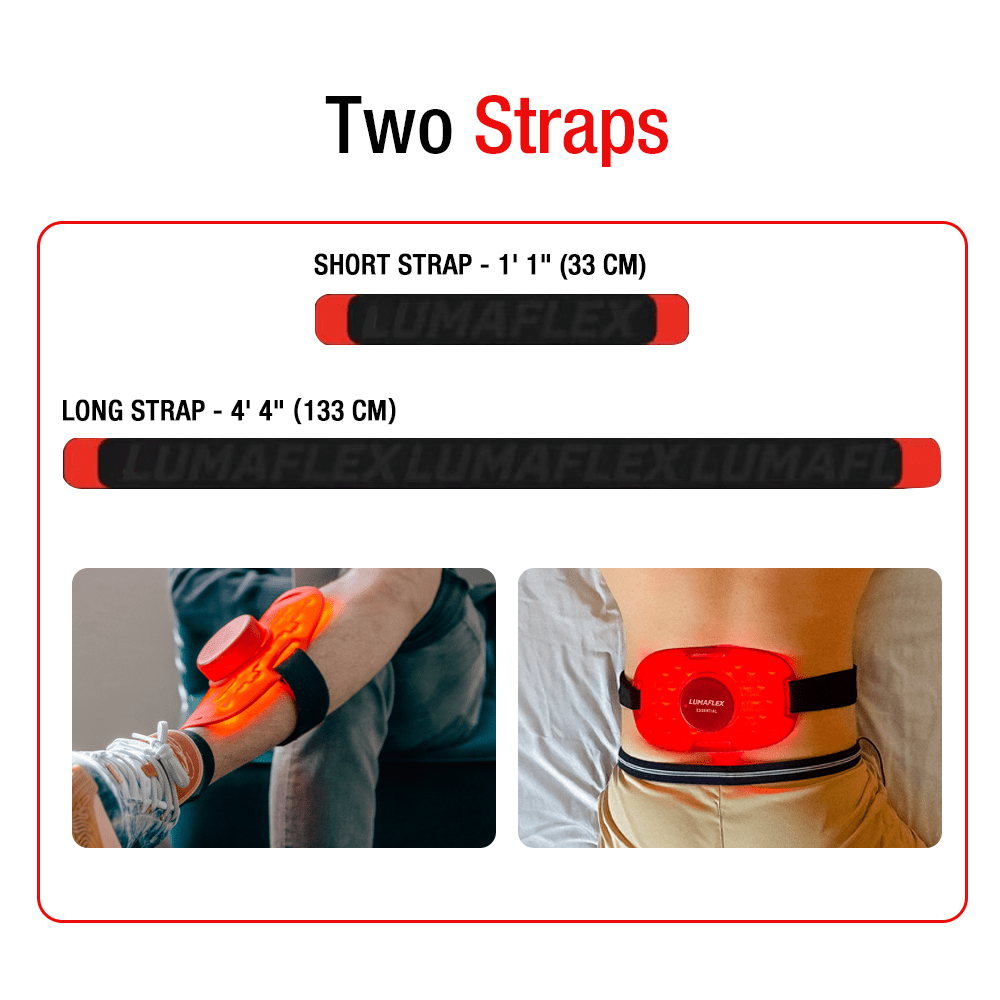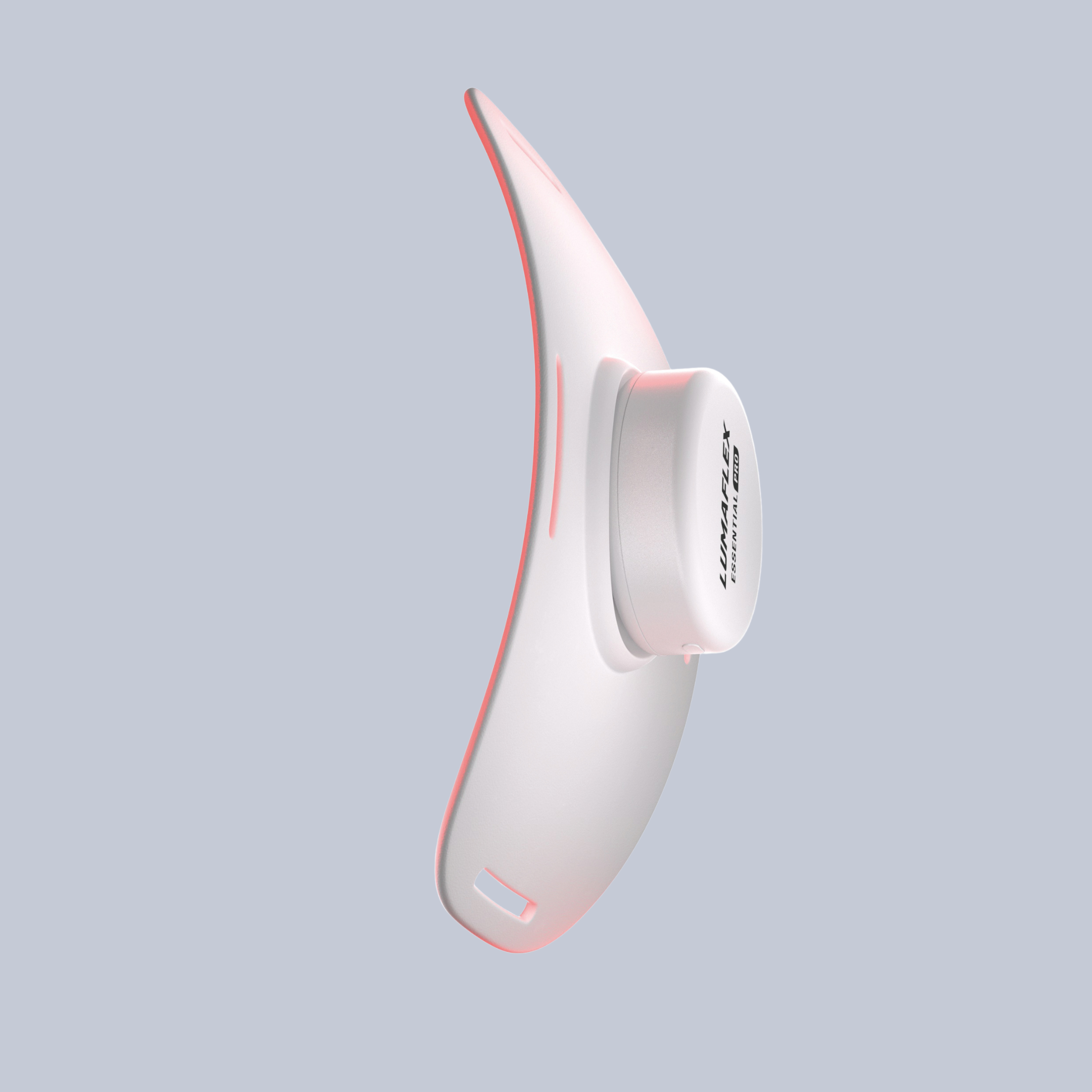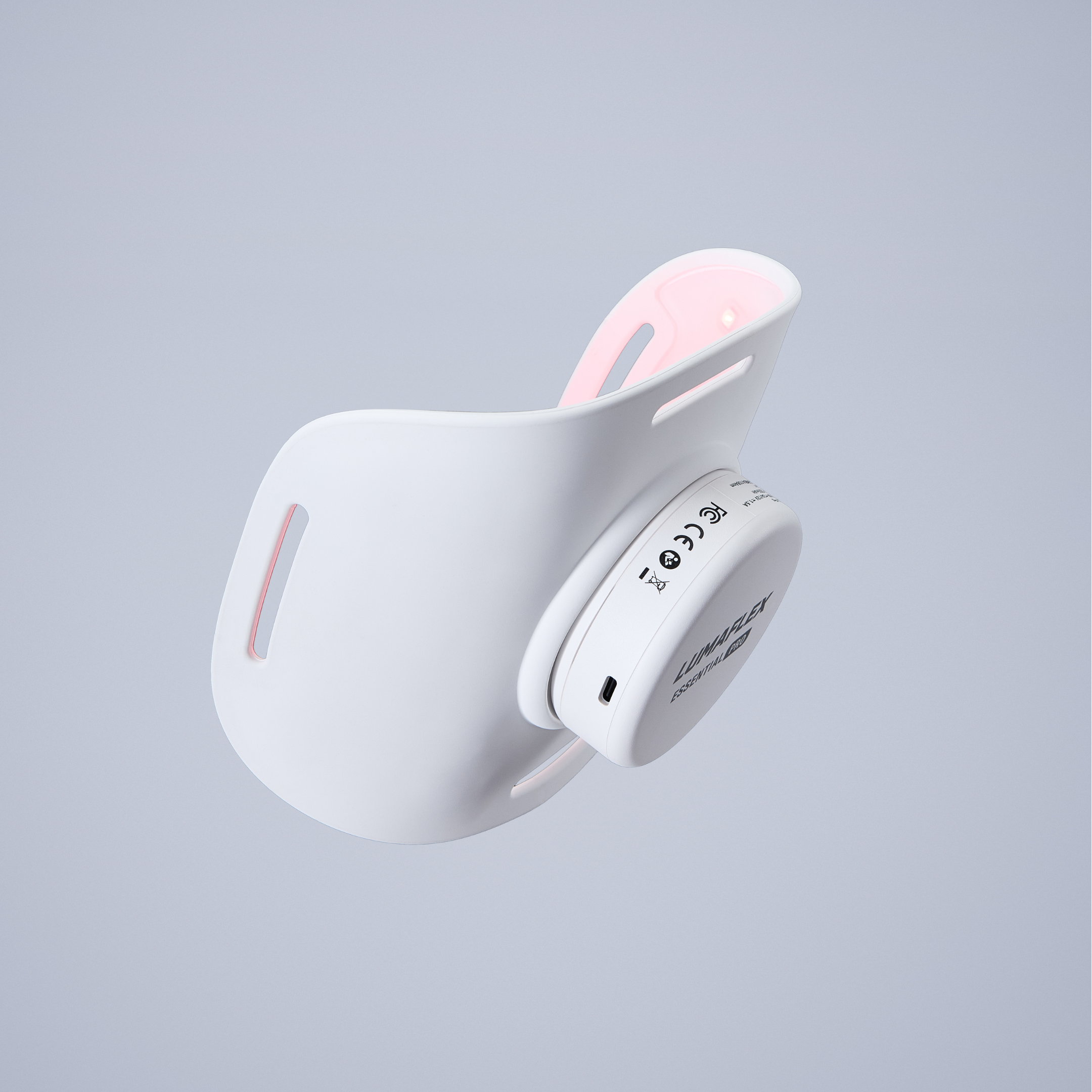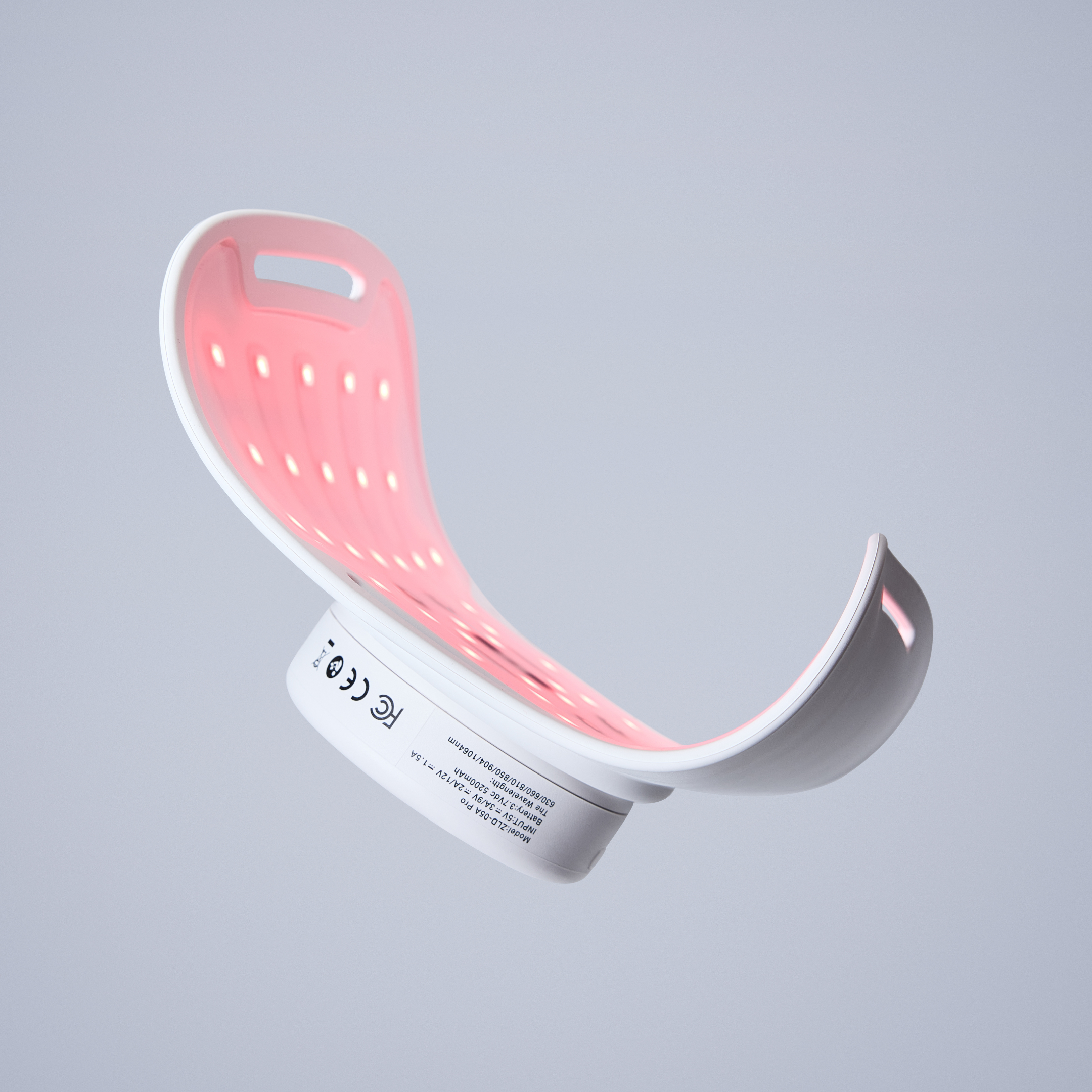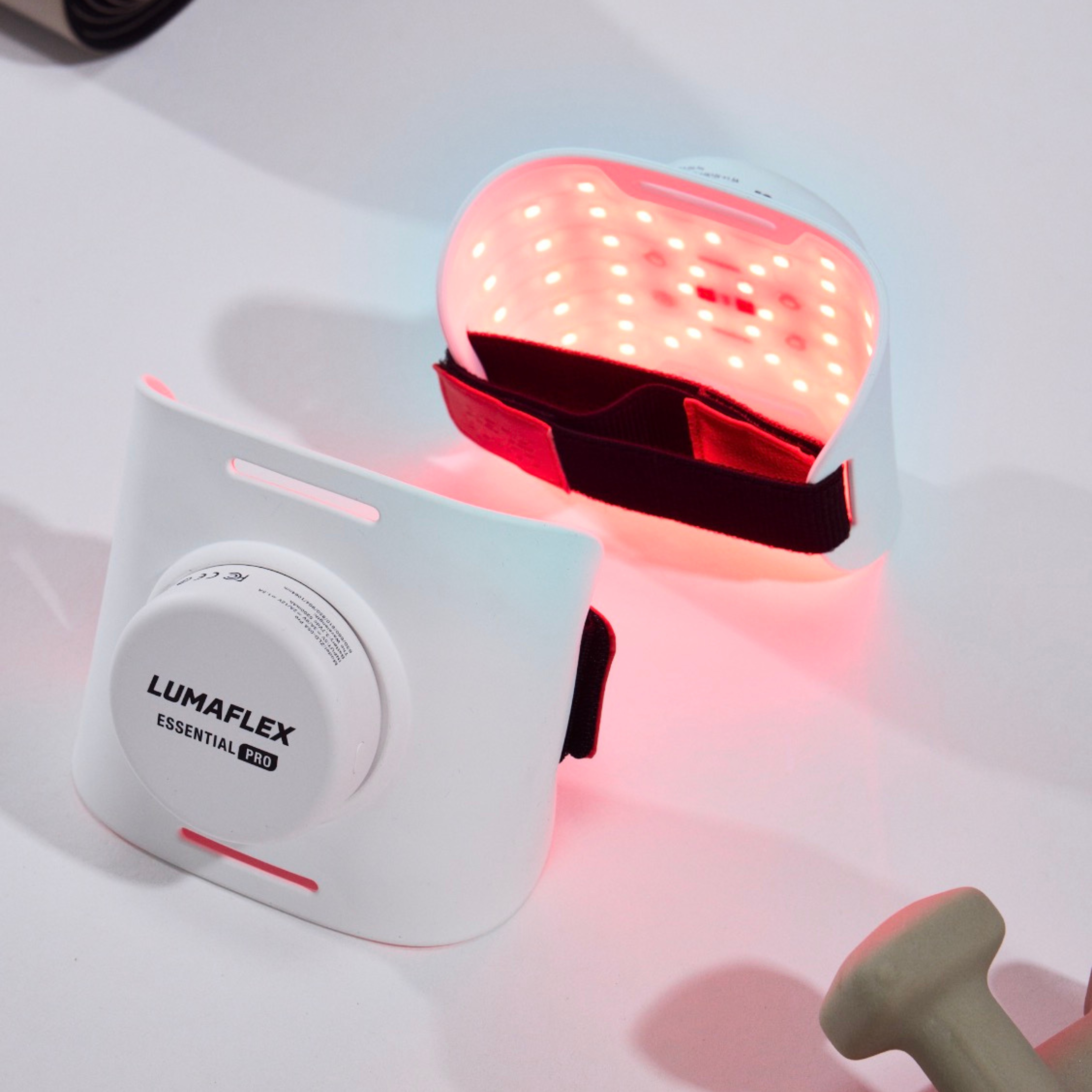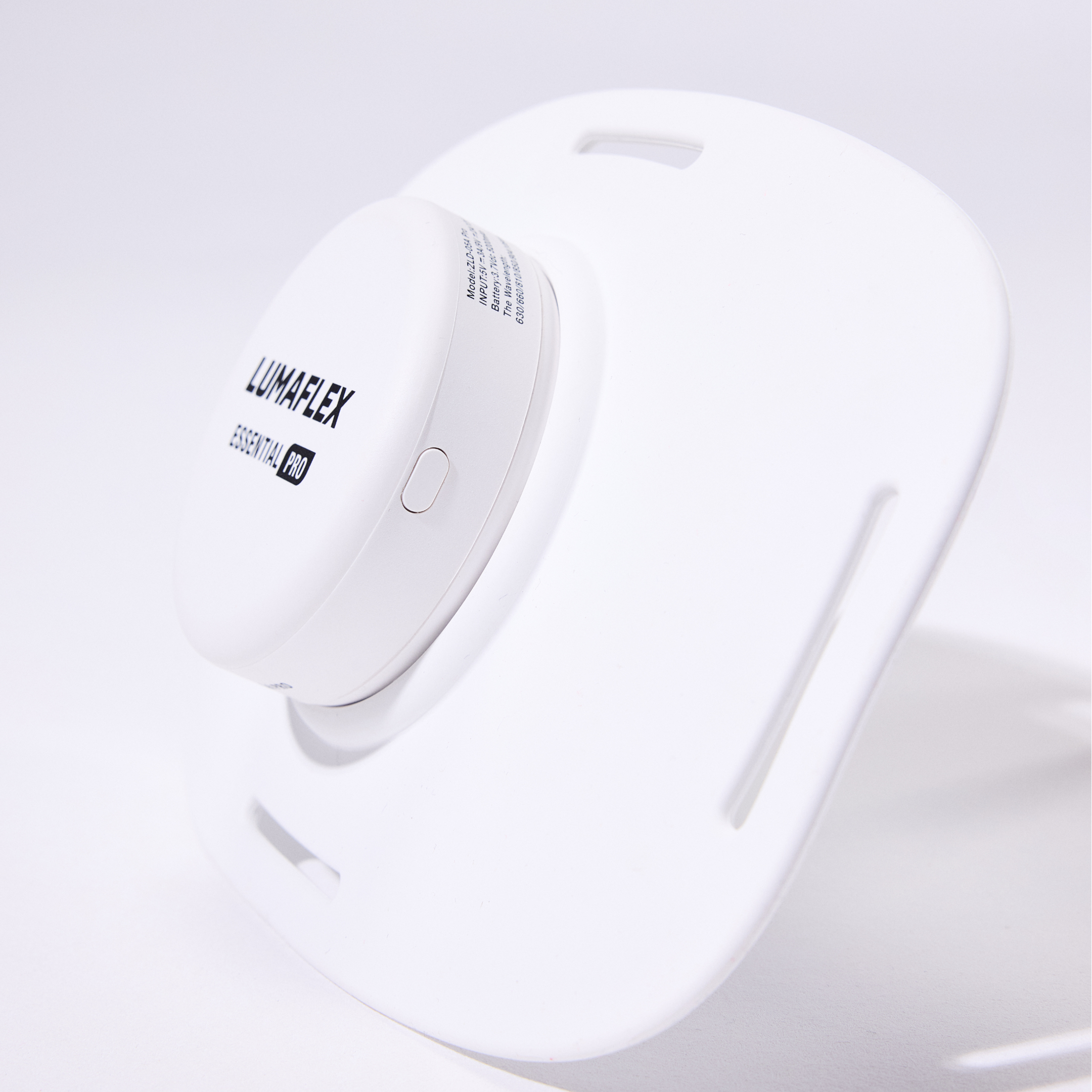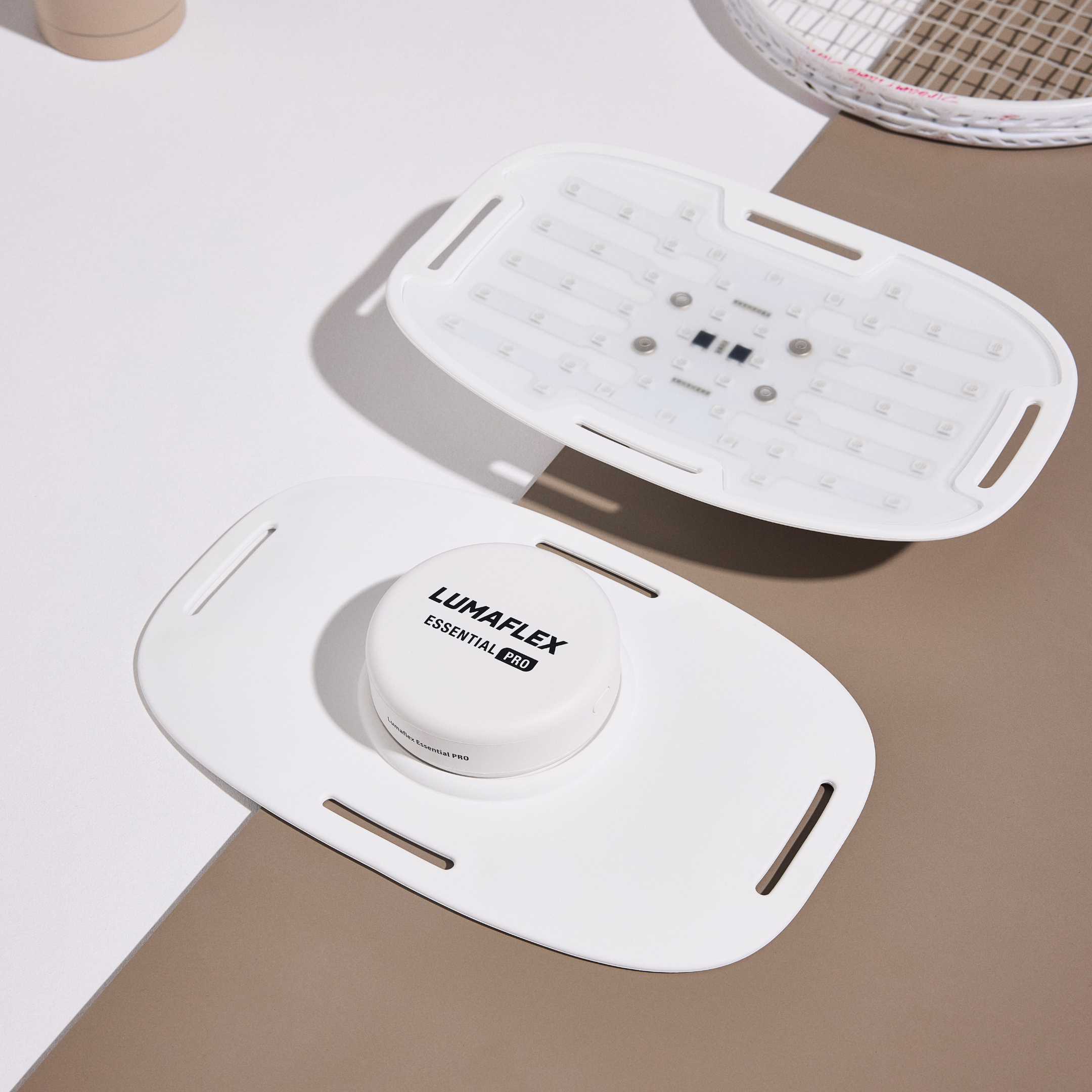Red Light Therapy vs Laser Therapy
Red Light Therapy vs. Laser Therapy: The Basics
Light therapy comprises a wider range of clinical and at home restorative and skincare practices. While some people may question the difference, and the similarity, between red light therapy vs laser therapy, and at first glance, it may seem that both involve the use of focused light of a certain wavelength, the difference lies in the accessibility, the depth of tissue penetration, and routine incorporation.
RLT uses low-grade LEDs that emit red and near-infrared light, and which can be used in the comfort of one's home, and more light is dispersed and used in the therapy, higher safety is ensured. Laser therapy, in contrast, uses concentrated, coherent light that is purposeful, and effective, to penetrate deeper tissues which is why it is, and should be, used under professional medical supervision.
This guide effectively outlines the therapy, the potential of each, and why, in terms of safety, extent, and convenience, modern LEDs from Lumaflex provide the same cellular restorative benefits.
Red Light Therapy vs Laser Therapy: A Quick Comparison
Here's a quick comparison to distinguish red light therapy from laser therapy before we analyze them individually. This table will serves you well if your aim is to achieve skin health, faster recovery, and pain relief.
| Feature | Red Light Therapy (LED) | Laser Therapy (LLLT / Cold Laser) |
|---|---|---|
| Light Type | Broad-spectrum low-level LEDs | Focused, coherent laser beam |
| Penetration Depth | Moderate (up to 5 cm) | Deep (up to 10 cm) |
| Treatment Area | Large, flexible coverage | Small, targeted area |
| Safety | Home-safe, non-invasive | Requires trained professional |
| Cost | One-time device purchase | $50–150 per session |
| Best For | Recovery, inflammation, skin, wellness | Nerve or micro tissue repair |
| Ease of Use | Cordless, daily sessions at home | Clinic-only, scheduled visits |
Lumaflex combines the wide-reaching benefits of red light therapy with the deeper impact of near-infrared wavelengths, bringing professional-level recovery and rejuvenation into your daily routine.
What Is Red Light Therapy?
Red light therapy employs low-level LED light for cellular repair along with enhancing the body’s natural healing abilities. It employs certain wavelengths of light between 630nm and 850nm which are known to enhance the energies of the cells.
When skin or muscle cells absorb the light therapy, the glow activates the mitochondria of the cells to generate more ATP (adenosine triphosphate). ATP is the energy currency of cells. This results in more energy, faster healing, decreased inflammation, and improved performance.
Regular sessions can help with:
- Pain and inflammation reduction
- Muscle recovery after workouts
- Improved skin tone and texture
- Better sleep and energy balance
Red light therapy doesn’t cause tissue damage or generate heat as with some laser treatments. There’s no invasion and no risk when having it done. It is safe to have red light therapy every day.
Lumaflex goes even further with flexible, wearable panels that feature both red (630nm) and near infrared light (850nm). Each session is designed around clinically tested wavelengths to promote recovery and enhance performance so that a person doesn’t have to go to a clinic.
Check out the guides and certified courses at the Lumaflex Academy to learn more about the science behind light therapy.

What Is Laser Therapy (LLLT)?
Laser therapy is known as Low-Level Laser Therapy (LLLT) or cold laser therapy is a form of medical treatment. It employs a laser beam of light to promote healing of specific tissues. Laser therapy differs from LED-based red light therapy as it uses a coherent beam of light which allows it to reach deeper muscle tissues.
Clinicians make use of LLLT in physical therapy, chiropractic treatment, and rehab centers to help treat localized pain, nerve injuries, and inflammation. The laser light stimulates ATP production and circulation, which are very significant cellular processes, but in a more focused manner.
While laser therapy can be highly effective for pinpoint treatments, it comes with a few limits:
- Small coverage area. It treats only one spot at a time.
- Professional supervision required. Incorrect use can cause overexposure or mild tissue heating.
- Higher cost. Clinical sessions often range between $50 and $150 each.
In short, laser therapy is ideal for targeted medical use, while red light therapy offers broader benefits for whole-body recovery and daily wellness routines.
Key Differences Between Red Light and Laser Therapy
Both therapies utilize light to promote healing; however, they do so in different manners. Recognizing these differences can help you select the best option for your recovery objectives.
1. Type of Light Source
Red light therapy employs LED sources and diffuses soft, non-coherent light over a larger area.
Contrastingly, laser therapy employs a coherent laser light and focuses it into a thin beam for deep, targeted stimulation.
This difference in coherence is the reason why laser devices can only be used by professionals, while devices for red light therapy, such as Lumaflex, can be used safely in home therapy sessions.
2. Energy Intensity
Lasers aim concentrated energy to small targets, enabling them to reach deeper tissues but increasing the potential to overheat the target tissues.
LED systems have a more even energy distribution, which is why they tend to be safe and more comfortable, even with everyday use.
3. Coverage Area
Red light panels have the ability to treat larger areas of the body, including the back, legs, and shoulders, in a single treatment.
Lasers, in contrast, use a point-based treatment method which forces the user into specialized and longer treatment sessions when multiple areas need to be addressed.
Lumaflex devices boast a unique design with flexible LED panels that facilitate full-body coverage while still wrapping around the body. This design delivers consistent results and meets the needs of extramuscular structures.
4. Safety Profile
Red light therapy safety profile is risk-free. It is safe therapy with no risk of pain or injury to the eyes or skin.
As for laser therapy; improper supervision, the focused laser, and other forms of equipment results in burned tissue and can harm the eyes.
5. Cost and Accessibility
Clinic laser therapy is in the ranges of $50-150, but requires multiple sessions.
In contrast to red light therapy, the Lumaflex panels provide unlimited red light therapy for a one-time payment, which is a great long-term value.
Pros and Cons Summary
While both red light therapy vs laser therapy share some benefits in photobiomodulation, some core differences lie in their mechanisms, treatment scope, and accessibility. Key advantages and disadvantages of both approaches are summarized in the table below.
| Category | Red Light Therapy (LED) | Laser Therapy (LLLT) |
|---|---|---|
| Key Strengths |
|
|
| Limitations |
|
|
Although laser treatment continues to be useful to healthcare professionals because of its accuracy, red light therapy is safe, cost-effective, and provides extensive coverage, especially for individuals recovering at home, dealing with inflammation, or managing daily performance.
Now, let’s see which method suits your personal objectives and when each form of light therapy provides the most optimal results.
Which One Is Better for You?
Red light therapy vs laser therapy operate on the same biological principle of enhancing cellular energy to aid in recovery and repair. However, the difference is the manner in which the light is delivered as well as the day to day and clinical care practicability of these therapies.
Red Light Therapy: Broad Coverage and Everyday Accessibility
Red light therapy employs soft, safe, and non-invasive light-emitting diodes that penetrate deeply enough to affect muscle, joint, and skin health, and tissues, without the danger posed by intense laser beams.
It treats more expansive regions of the body, which is why it is perfect for people who want overall recovery, skin enhancements, and visible reductions in inflammation.
This approach suits people who want to:
-
Ease chronic pain or post-workout soreness
- Support natural healing and circulation
-
Improve skin texture and elasticity
- Maintain consistent wellness at home
Devices like Lumaflex make this process simple to maintain. The flexible, wearable design allows consistent use while still delivering clinically backed red and near-infrared light wavelengths.
Laser Therapy: Precision and Clinical Focus
Low Level Laser Therapy (LLLT) uses an extremely focused beam of light to stimulate certain areas of the body. It is usually done in clinics on certain localized issues like nerve damage, tendon injuries, and recovery after surgery.
Because of the precision needed, the intensity can be harmful which is why there is a lack of safety in independent use. While it is effective, it is restricted to small areas, and to get the best results, you would need to do multiple sessions which could make it expensive.
Lumaflex: Bridging the Two Worlds
Lumaflex integrates the most notable advantages of red light therapy with the reach of near-infrared wavelengths to provide results similar to professional-grade apparatus.
It has flexible, clinically proven effectiveness with full coverage, customizable treatment postures, and a safe, compact form factor designed to easily integrate into portable recovery regimens.
Utilizing both the 630nm and 850nm spectra, Lumaflex provides symmetric tissue restoration, pain alleviation, and chronic tissue integration to maintain superficial and deep tiered long-term tissue wellness.
Why Lumaflex Is the Smart Choice
In addition to the scientific aspects, the practical use and daily application of red light therapy vs laser therapy are important considerations. Lumaflex provides professional-grade light therapy that is safe and easy to use at home, and also portable for use anywhere.
Key Advantages of Lumaflex
- Dual Wavelength Coverage: Each panel combines 630nm red light for surface tissue and 850nm near-infrared for deeper muscles and joints.
- Flexible Design: The panels adapt to body contours, ensuring even coverage for large areas like the back, shoulders, or thighs.
- Cordless and Portable: Easy to integrate into daily routines, whether at home, in the gym, or while traveling.
- FDA-Cleared: Class II medical device approval ensures safety and quality.
- Trusted by Professionals: Used by athletes, therapists, and wellness enthusiasts to support recovery, performance, and overall health.
With Lumaflex, users can enjoy the convenience of red light therapy along with the therapeutic benefits of near-infrared therapy. This makes Lumaflex one of the few devices that can provide clinic-quality benefits of laser therapy at a fraction of the cost, no professional supervision, and minimal risk unlike LLLT.
Learn about the innovative science Lumaflex technology utilizes with the integration of dual-wavelength therapy, and how it promotes safe recovery, anti-inflammation, and overall enhanced cellular well-being.
FAQ: Red Light Therapy vs Laser Therapy
Is red light therapy safer than laser therapy?
Absolutely. Red light therapy utilizes low-Level LEDs that are safe for everyday use at home. In contrast, laser therapy uses a focused, high-intensity beam and must be conducted by a trained professional to prevent burns and overexposure.
Which therapy penetrates deeper into tissues?
While laser therapy can reach slightly deeper tissues, red light therapy with near-infrared wavelengths (like Lumaflex’s 850nm) offers deeper tissue benefits and safe for large surface area coverage.
Can I use Lumaflex instead of laser therapy?
When it comes to Lumaflex for goals like pain relief, recovery, muscle performance, and skin health, Lumaflex provides comparable benefits at home. Its dual-wavelength design delivers both surface and deep tissue support, so you don’t have to go to a clinic.
How often should I use red light therapy?
For general recovery and wellness, it’s effective to have 10-15 minute sessions for 3-5 days a week in each area. If pain or inflammation is targeted, you can use it daily and it’s safe.
Can red light therapy replace medical laser treatments?
For wellness and recovery, as well as inflammation, red light therapy is appropriate. For clinical/surgical needs, however, laser therapy would still be needed under a professional’s supervision.
Making the Right Choice for Light Therapy
Red light therapy vs Laser Therapy both provide benefits for recovery and wellness, each with its own specializations. Full-body red light therapy is a safe and more available option, while laser therapy is more appropriate for pinpoint, clinical situations.
With Lumaflex, you get to use a professional-grade, dual-wavelength, red and near-infrared therapy device for pain relief, muscle recovery, inflammation, and skin therapy neat and simple at home.


